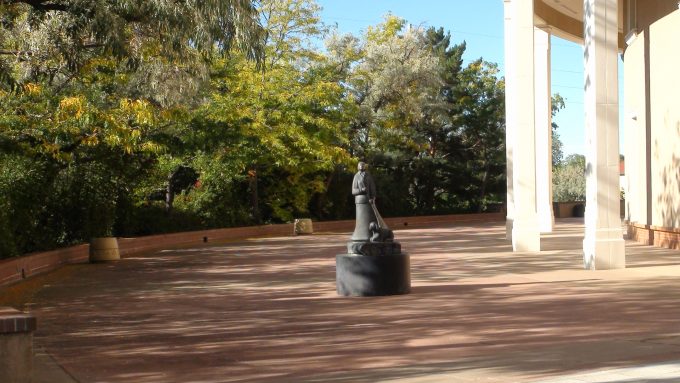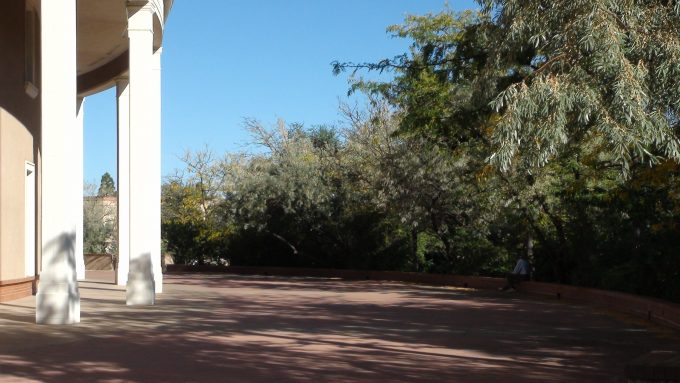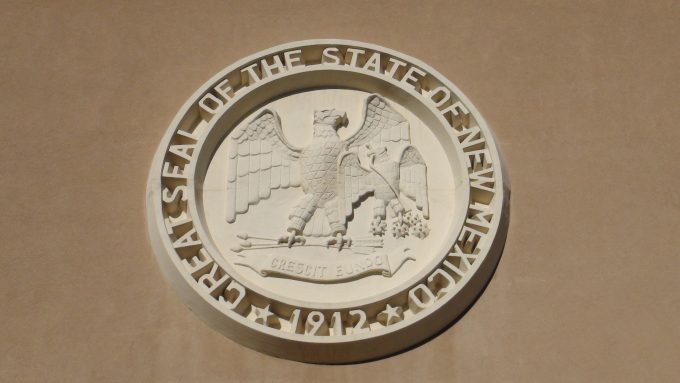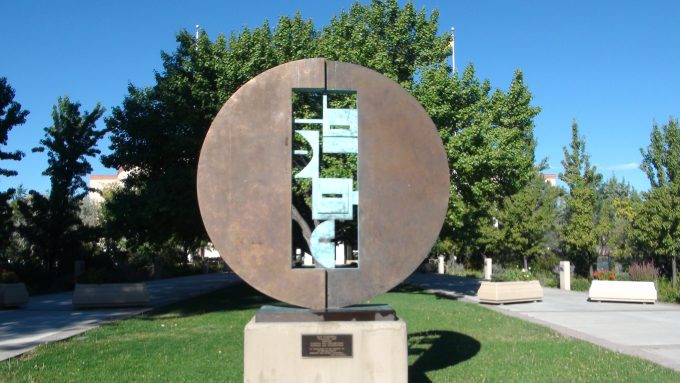
Monday, 10 December 2018
For every high priest is appointed to offer both gifts and sacrifices. Therefore it is necessary that this One also have something to offer. Hebrews 8:3
For the next several verses, the author will again demonstrate the superiority of the New Covenant over the Old using impeccable logic. What he says here, beginning with this verse, is to clarify what has just been presented. The word “For” is given to show this. He is logically presenting another sure proof of the superiority of Christ’s priesthood over that of Aaron.
He said in verse 8:1 that in Jesus we have a High Priest “who is seated at the right hand of the throne of the Majesty in the heavens.” In verse 8:2, he then said that He is “a Minster of the sanctuary and of the true tabernacle which the Lord erected, and not man.”
The significance of this is that what was found in the Old Covenant here on earth was simply a type of what was to come in Christ. That will be stated explicitly in verse 8:5. But the fact is, whether type or not, there was an earthly tabernacle (and later temple) and there was a priesthood set up for it. As a descendant of Judah, and not of Levi through Aaron, Jesus could not minister in such an earthly sanctuary (see verses 7:13, 14).
As this is so, He would have nothing to offer at the earthly altar. As it says, “For every high priest is appointed to offer both gifts and sacrifices.” It is the high priest, on behalf of the people, who make such offerings. Some are for atonement, some are for burnt offerings, some are as peace offerings, and so on.
However, the same must be true of the heavenly tabernacle. If the earthly tabernacle is ministered to by Aaron and his sons, and since there is a heavenly tabernacle, of which the earthly tabernacle is only a type, then there must be someone to minister at that heavenly edifice, and he must have something to offer. But Aaron cannot be the minister because no such appointment has been made for him to do so. Therefore, there must be One who is given that responsibility. As has already been seen, that appointment was for Christ Jesus, and it was based on an oath given in Psalm 110. With this understanding, the author then says, “Therefore.” He is saying, “based on what has been presented, then what I say next logically follows.”
From there, he says, “it is necessary that this One also have something to offer.” If there is a heavenly edifice, and if there is a High Priest who ministers at that, then He logically must also have something to offer because “every high priest is appointed to offer gifts and sacrifices.”
Key to understanding this is what it says in verse 8:5. Though getting ahead in thought, if Moses said there is a “pattern” upon which the earthly things are fashioned, then the heavenly pattern is the substance of which the earthly is merely a type or shadow. As this is recorded in the writings of Moses, this must be the case. If the earthly required gifts and sacrifices, and if the earthly was fashioned after a pattern, then the heavenly must logically require both gifts and sacrifices. This then is the author’s explanation of verse 5:1 –
“For every high priest taken from among men is appointed for men in things pertaining to God, that he may offer both gifts and sacrifices for sins.”
From there, the exact nature of those gifts and sacrifices in the heavenly tabernacle will be described, in detail, in Chapter 9.
Life application: Key to understanding what the author is saying in Hebrews is to have an understanding of what he is referring to from the Old Testament. The author is not simply making things up as he goes. Rather, he is using the law itself to show us that the things of the law were actually ineffectual types that could not actually accomplish what they were laid out to do. They were shadows awaiting their fulfillment in the substance, which is found in Christ. To not read and study the books of Moses, and the rest of the Old Testament writings, leaves the believer in Christ with a vast void in actually being able to piece together what is being relayed for our understanding. The truly sad state of many believers is that they either do not progress in theology at all, or they get their theology not from the Bible itself, but from other’s commentaries on it. That is a scary place to be. Unless you know what the Bible already says, you are taking the word of someone, who may be utterly deficient in their theology, to make the most important decisions of all.
Lord God, we look back on the work of Jesus and are fully aware of the offering He gave on our behalf – His own precious life. May we never forget the awesome and yet terrible cost of our freedom from sin and the power of the devil. All glory to the name of Jesus! Amen.




